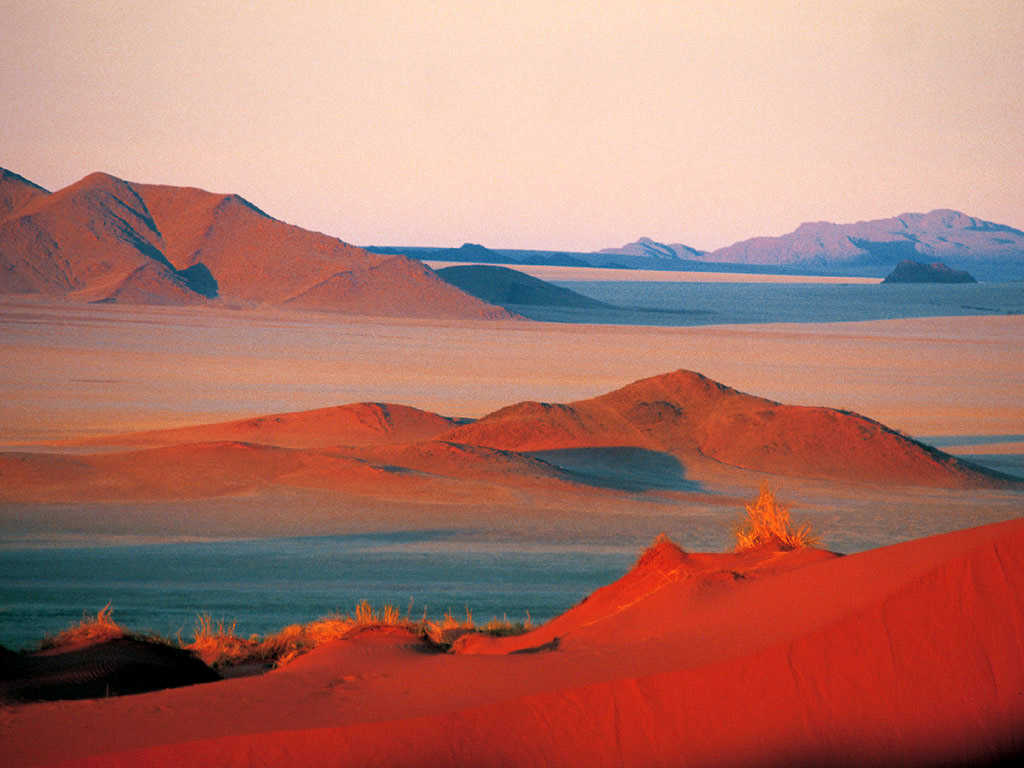Namibia
Astirring, desert realm of vast horizons and startling contrasts with epic wildlife and culture too.
There’s something special about Namibia. Perhaps it’s the arid nothingness of the blood-red deserts or the stark beauty of the Skeleton Coast? Maybe it’s the endless salt pans, the glorious wildlife or the towering dunes of Sossusvlei? Whatever the potion, those who embark on a Namibia safari are changed forever, and return again and again. Quad bike in the roaring dunes of the Namib Desert in the southeast of the country, visit star attraction Etosha National Park in the north or self-drive the length of the country along the eerie Skeleton Coast – an extraordinary experience, and a way to truly feel the soul of Namibia.













